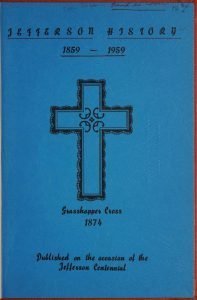Biography of Fred Leslie Ervay
Fred Leslie Ervay, M. D. The medical fraternity of Wilson County had as one of its highly skilled and thoroughly trained members Dr. Fred Leslie Ervay, who had been engaged in a general practice at Fredonia since 1908. While Doctor Ervay had not carried on his profession as long as some of his fellow practitioners, he had risen to a prominent place in his calling, and the confidence in which he is held is evidenced by the size and importance of his clientele. He was born at Elk Point, South Dakota, June 14, 1880, and is a son of H. … Read more


